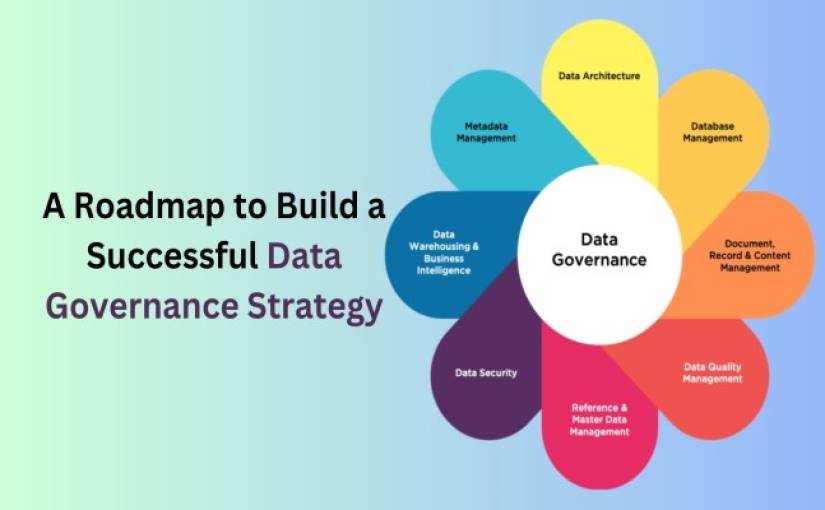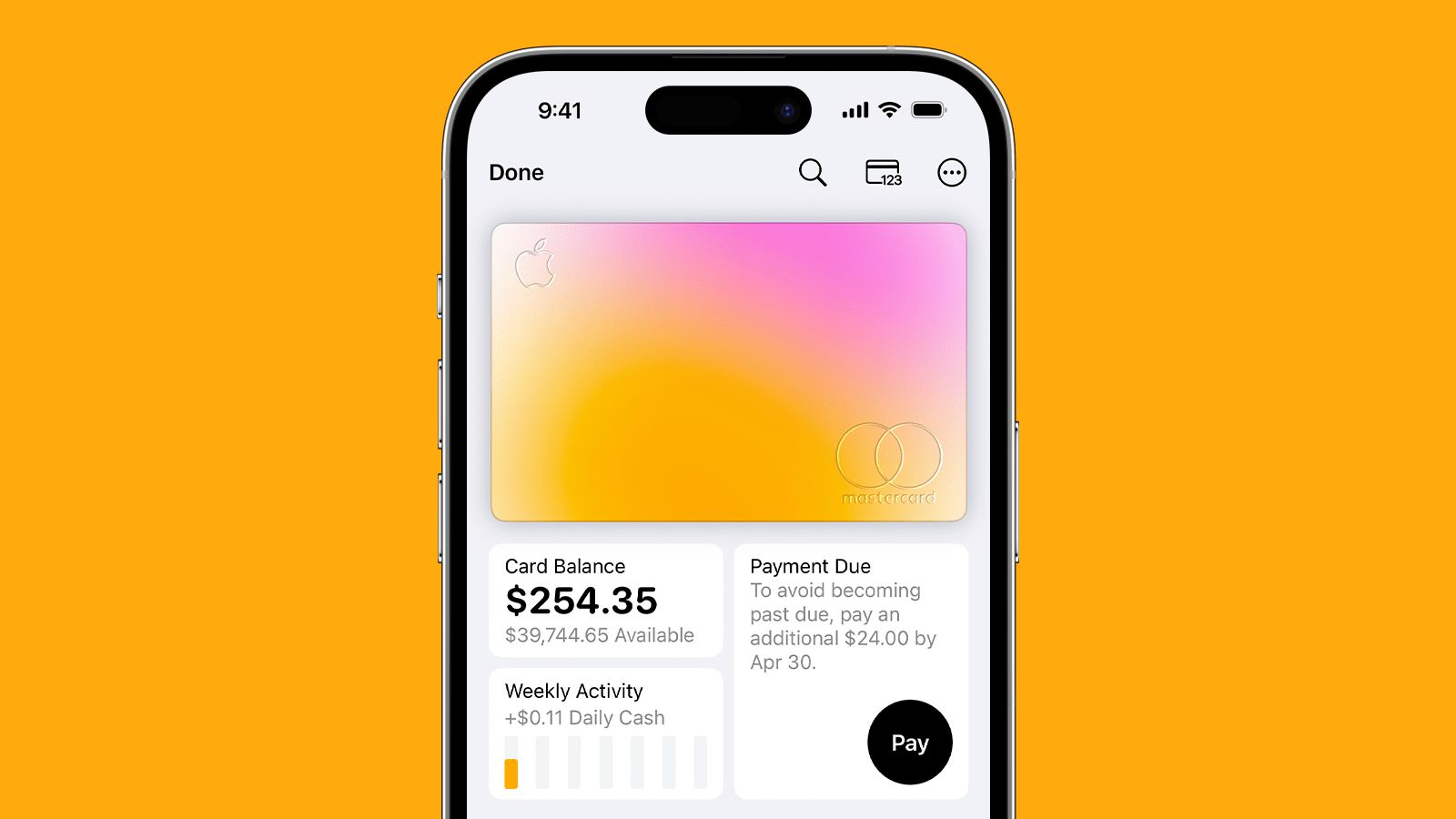Graduate’s Guide to Loans Taking Out and Paying Off
Graduate's Guide to Loans Taking Out and Paying Off
A Comprehensive Guide to Understanding Loans: Student Loans, Personal Loans, and Home Loans

Loans are an essential part of our lives, allowing us to access the funds we need to achieve our goals and aspirations. While most of us have a basic understanding of loans, the process of taking out, consolidating, and repaying loans can be quite complex. In this article, we will delve deeper into the world of loans, focusing on three specific types: student loans, personal loans, and home loans.
Student Loan Basics
The rising cost of college tuition has made student loans a necessity for many young adults. When it comes to student loans, there are two primary categories: public and private loans. Public loans, also known as federal student loans, are borrowed from the U.S. government, with interest rates set by Congress. Within this category, there are two subcategories: subsidized and unsubsidized loans.
Subsidized loans offer a unique advantage to undergraduate students, as interest does not accrue while they are in school and during a six-month grace period after graduating. On the other hand, unsubsidized loans accrue interest throughout the borrower’s time in school. Though borrowers have the option to defer interest payments, they are fully responsible for the accrued interest.
It is important to note that only undergraduate students qualify for subsidized student loans. Graduate students applying for a federal student loan will be offered unsubsidized loans. To apply for a federal student loan, you must complete a Free Application for Federal Student Aid (FAFSA).
When repaying public student loans, there are strategies you can employ to save money. Paying off your debt immediately, paying more than the minimum monthly balance, and setting up automatic debit payments are all effective ways to reduce the overall cost of your loan. The longer you take to repay your loan, the more interest will accrue, so paying off your student loans faster can lead to significant savings.
Private loans, on the other hand, are obtained from private lenders rather than the government. When seeking a private loan, the lender will assess your credit report to determine the amount they are willing to lend you. If you have limited credit history, the lender may ask for a co-signer for your loan.
In general, it is advisable to consider public loans before private loans, as they often come with lower interest rates. However, individual circumstances may vary, and some individuals opt for private loans when the amount they receive from public loans is insufficient to cover the cost of tuition.
Another advantage of public loans is the flexibility they offer in terms of repayment. Public loans often provide options for graduated repayment plans, where the minimum monthly balance starts small and gradually increases over time. There is also the option of extended repayment, which allows for a longer repayment period beyond the standard 10 years.
Public loans may also offer forgiveness options, particularly for those who work in public service. While private loans may offer some repayment flexibility, it is less common. Therefore, if you are considering refinancing your public loan with a private lender, bear in mind that you may lose certain repayment options and forgiveness eligibility.
Current Events Affecting Your Student Loan Repayment
Recently, many students and graduates have enjoyed the temporary relief of not making student loan payments due to forbearance, a payment pause initiated during the pandemic. However, this interest-free period will come to an end in the fall.
According to the latest guidance from the federal debt ceiling bill, the payment pause will end 60 days after June 30, 2023. This means that interest will start accruing on your accounts from September 1, and loan payments will resume in October of this year.
Simultaneously, the Supreme Court is currently deliberating President Biden’s federal student debt cancellation policy, with a verdict expected in June or July of 2023. It is possible that your student loan debt could be completely canceled as a result of this policy. However, we will have to wait for the Supreme Court’s decision to ascertain the outcome.
Personal Loan Basics
While student loans are commonly encountered by young adults, personal loans may also become relevant at some point in your life. A personal loan can help you finance a significant one-time purchase, such as home repairs, which can potentially increase the value of your property.
Most personal loans are unsecured, meaning they do not require collateral. However, secured loans, such as auto loans or mortgages, involve collateral, giving lenders added confidence that you will repay the loan. Unsecured loans are riskier for lenders, often resulting in higher annual percentage rates (APRs).
Repayment periods for unsecured personal loans typically range from two to seven years, though some individuals may be offered extended repayment plans of up to ten years.
Another type of personal loan worth considering is a debt consolidation loan. This type of loan allows you to combine multiple unsecured debts into one, offering the advantage of potentially securing a lower interest rate compared to your existing debts.
It is generally advised against taking out a personal loan for discretionary purchases such as vacations or emergency expenses. Instead, it is often more beneficial to build an emergency fund that can cover at least six months’ worth of living expenses.
Home Loan Basics
When applying for a mortgage as a first-time homebuyer, there are certain requirements you must fulfill to obtain approval. You will need to provide proof of income for a minimum of two years, demonstrating your ability to repay the mortgage. Additionally, you should be prepared to make a down payment of at least 3.5% and have a credit score of 620 or higher.
Meeting these requirements is generally preferable, although there may be some flexibility for first-time homebuyers. If you qualify for a conventional home loan, that is ideal, as conventional loans usually come with lower interest rates compared to government-backed loans. However, qualifying for a conventional loan requires a higher credit score, a lower debt-to-income ratio, and a more substantial down payment.
Conventional loans can be further categorized as conforming or nonconforming. Conforming loans meet specific requirements set by government-sponsored enterprises such as Freddie Mac and can be sold on the secondary market. Nonconforming loans, on the other hand, have their guidelines set by the loan underwriter and cannot be sold on the secondary market.
For first-time homebuyers, Federal Housing Administration (FHA) loans are a popular option. FHA loans allow for a lower down payment and require borrowers to pay a mortgage insurance premium.
When considering a home loan, you will also need to decide between a fixed-rate and floating-rate mortgage. A fixed-rate mortgage provides stability as your monthly payments remain consistent throughout the loan’s duration. By securing a fixed-rate mortgage when interest rates are low, you lock in a favorable rate for the entirety of the loan.
On the other hand, a floating-rate mortgage offers a lower introductory rate that gradually increases over time. If you expect your income to grow, a floating-rate mortgage might be a suitable choice. However, be aware that floating-rate mortgages carry additional risk, as interest rates may rise above those of fixed-rate mortgages depending on market conditions.
When applying for a home loan, thoroughly researching your options is crucial. Remember that the larger your down payment and the higher your income, the greater your negotiating power with lenders.
Tackling Debt: Snowball vs. Avalanche Method
Repaying debt can be overwhelming, but two popular methods can help you manage and eliminate your debts: the snowball and avalanche methods. The snowball method involves paying off your smallest debt first and then redirecting the funds towards the next smallest debt. This approach offers a psychological boost as you see your debts gradually decreasing.
In contrast, the avalanche method focuses on paying off debts with the highest interest rates first, saving you money on long-term interest payments. The choice between these methods depends on the type of debt and your financial situation. Consulting with a financial expert can provide valuable guidance as your finances become more complex.
The Bottom Line
Loans are a common financial tool that most of us will encounter at some point in our lives. Student loans can pave the way for educational opportunities, and taking advantage of subsidized loans allows you to save on interest payments. Personal loans can be useful for one-time purchases or debt consolidation. Home loans are crucial for aspiring homeowners, and thorough research is necessary to obtain the best possible terms.
Understanding the intricacies of different loan types and repayment options empowers you to make informed decisions that will positively impact your financial future. So, take the time to explore your options, and remember to consult with professionals when navigating the world of loans.
Originally Published on Due.






